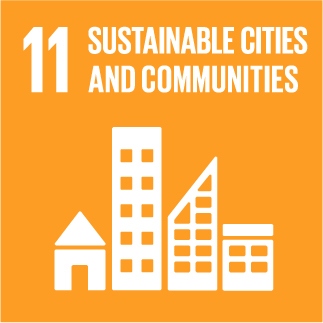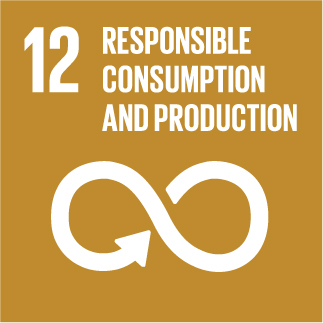URBANREC
Effect of yerba mate (Ilex paraguariensis) residue and coupling agent on the mechanical and thermal properties of polyolefin?based composites
In this study, the feasibility of giving added value to spent yerba mate residues by manufacturing thermoplastic composites, and their potential benefits, is investigated. Experimental tests performed on yerba mate residues demonstrated that such residue, after a simple extraction procedure by water/ethanol solution, showed an acceptable level of interfacial compatibility with polyolefins. Biocomposites at different yerba mate residue amount in polypropylene and high?density polyethylene (HDPE) were produced by a two?stage process, involving extrusion and injection molding, and their mechanical and thermal properties were evaluated through tensile, TGA, and DSC tests, respectively. The addition of yerba mate residues resulted in a significant improvement (up to 23% when 20?wt% of filler was added to HDPE) of tensile properties compared to the neat matrices. This result was obtained without showing a positive effect on their crystallization behavior, as found from DSC results. Composite materials modified with maleic anhydride as coupling agent exhibited an even greater reinforcing efficiency due to enhanced interfacial compatibility. Basing on the results of this study, yerba mate residue/thermoplastic composites appear to be a viable alternative to wood composite materials, with associated environmental benefits related to the valorization of such agro?food waste.

» Author: Irene Bavasso, Maria P. Bracciale, Francesca Sbardella, Jacopo Tirill?, Fabrizio Sarasini, Luca Di Palma
» Reference: doi:10.1002/pc.25355
» Publication Date: 05/08/2019
» More Information

This project has received funding from the European Union's Horizon 2020 research and innovation program under grant agreement Nº 690103




URBANREC Guidelines by URBANREC Consortium is licensed under a Creative Commons Reconocimiento-NonComercial-NoDerivatives 4.0 Internacional License.
Puede hallar permisos más allá de los concedidos con esta licencia en www.aimplas.net
